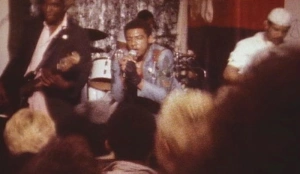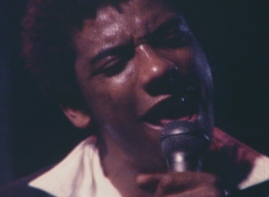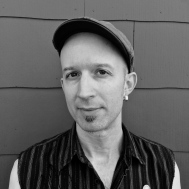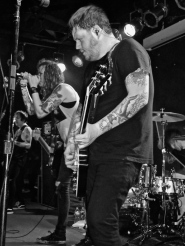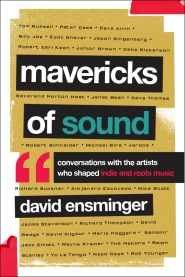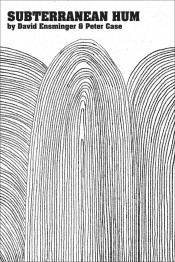Punk the Capital! Chronicling the History Of D.C. Punk ! An interview with filmmakers Paul Bishow and James Schneider
What do you think are some of the great misconceptions of DC punk?
JS/PB: One of the things we cover in the film is the whole scene that preceded the Bad Brains in D.C. in the late 70s, that small but fairly cohesive group of people working together to build something. I’m not sure it can be called a misconception but definitely the pre-1980 DC punks deserve a lot more attention, historically speaking. The other thing is the Straight Edge movement. Drugs and alcohol just weren’t what the younger punks were looking for. The excitement and the establishment’s reaction to the music was enough. So the whole “boredom” thing just didn’t enter into the equation. The energy of the music and all the things going on around the scene made for constant activity. Drugs and alcohol just didn’t have a part in that new and intense DIY ethic. That was part of what harDCore was about beyond DC as well.
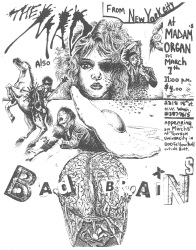 Does this documentary try to flesh out details or elements that books like Dance of Days could not, or did not?
Does this documentary try to flesh out details or elements that books like Dance of Days could not, or did not?
JS/PB: First of all, Dance of Days was a major accomplishment in covering such a large time frame of DC punk, including the later DC punk period of the 80s and 90s that often gets less attention. Our film elaborates on the generational and cultural shift happening in DC circa 1979. We dive back into what happened before then, in the late 70s, and then after, with harDCore. We get to the heart of why DC Punk has such staying power, why harDCore had to happen, and why DC was such a fertile ground for this new scene. The answer to these questions come straight out of that transitional moment, and specifically the Madams Organ artists co-op. It’s something you can pick up on when all the pieces are assembled and when you see all the interconnections between the generations and how they perceived each other.
Looking back into DC punk origins, do you think bands like Slickee Boys, Tru Fax and the Insaniacs, and White Boy were just as vital as veteran punk bands in NYC, like J/Wayne County, Dictators, etc?
JS/PB: Definitely on a local level they were. These were bands you might see a couple times a month and that saw each other even more. They were as important in DC as those NYC bands you mentioned were to NYC. And DC has a tradition of hard working bands, whatever kind of music it is. Those early bands knew what was going on and had their antennas out. Those DC bands you mention were a huge influence on the younger generation, if not musically, at least in terms of proposing a model of how non-competitive and community-like a music scene should be. In our film we also go into how they also showed the younger generation the basics of DIY.
Much of DC punk has often been associated with Dischord, yet Pussy Galore, Half Japanese, and Peach of Immortality also sprouted. Why do you think harDCore gained such a strong presence in history and lore compared to other scenes?
PB: For me, I loved a lot of the non-Dischord bands like Half Japanese or the Velvet Monkeys, but also remember, not all Dischord bands sound or sounded alike, so I wouldn’t say there was just a “Dischord sound” either. Dischord definitely had a huge presence, to the point where bands even setting themselves up as anti-Dischord such as No Trend. But really that is just the dialectic of punk, all in good fun. DC harDCore took hold and spread widely largely because of Dischord’s well organized sense of mission, they really did want to change music from bottom to top.
I know the film has taken ten years: did any painful truths become evident — personas unmasked, limitations understood, places and people lost forever?
JS: Several people we interviewed have passed away since we started this film, and several DC Punk landmarks have been transformed into condos or Starbucks. So there have been some major changes in D.C.’s character but that really has helped us in how to think about D.C.’s identity in our film. So our doc has hugely benefited from the time it’s taken, including a lot of technical advances that will help with all the archival work. Also, some people are more willing to talk more than they did before, some less, but I would say overall that folks are now taking stronger positions and thinking more about about that history.
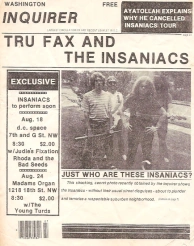 Some proceeds will benefit Positive Force, an iconic force within the conscience and outreach of DC punk. Do you think it helped re-ignite the ethos of local punk right as many critics saw it waning in mid-late 1980s?
Some proceeds will benefit Positive Force, an iconic force within the conscience and outreach of DC punk. Do you think it helped re-ignite the ethos of local punk right as many critics saw it waning in mid-late 1980s?
PB: I do not think the conscience of punk waned.
JS: It definitely was part of the politicizing of DC punk, which was not a bad thing. I grew up going to those early Positive Force shows so my early exposure to any kind of political consciousness came from those events and the bands that were singing about issues. Then I could go see other local bands or out of town bands and get a totally different flavor, there were choices. It’s worth pointing out that even before Positive Force DC began, harDCore was on the outs and a lot of people in that scene were looking for a new direction. Positive Force became part of that evolution.
I know that punk in DC should be spoken in the present tense — bands still emerge. What ones today, do you feel, link to the spirit evident as in the mid-1970s?
JS/PB : There’s a resurgence of a harDCore scene happening in DC these days which is cool, but the links with the older scene are not always what they could be. That might be changing. In the meantime, the younger scene calls that 1980’s generation the “olds.”
Apart from the fan rituals (zines…) and band performances, what part of the DC punk legacy still deserves much attention — perhaps art and photography, like Jeff Nelson, Cynthia Connolly, and others?
PB: I think mainly what we know now is that the influence continues (though not always recognized) in terms of the directness of the ideas and presentation. The art of thinking for yourself. That’s the very basic ingredient of Do-It-Yourself.
JS: In terms of Dischord, there’s an aesthetic that has aged well, and those people you mention were a big part of that and hold a sizeable place in our film. I think it’s important to point out that this whole younger generation thought that something important was happening, which is why there were so many people documenting it. They were right.
Kickstarter campaign is here.
Website is here:
Facebook is here:
Twitter is here:


